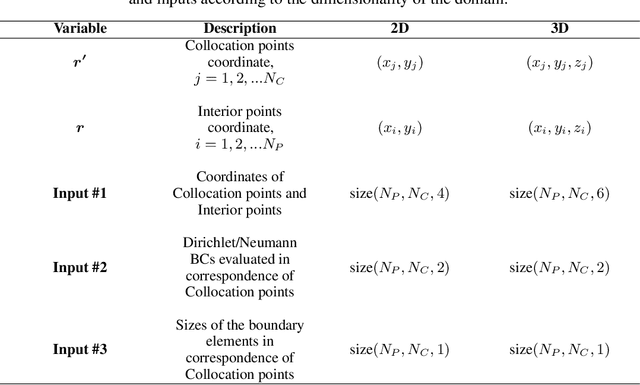A Convolutional Neural Network-based Approach to Field Reconstruction
Paper and Code
Aug 27, 2021



This work has been submitted to the IEEE for possible publication. Copyright may be transferred without notice, after which this version may no longer be accessible. In many applications, the spatial distribution of a field needs to be carefully monitored to detect spikes, discontinuities or dangerous heterogeneities, but invasive monitoring approaches cannot be used. Besides, technical specifications about the process might not be available by preventing the adoption of an accurate model of the system. In this work, a physics-informed, data-driven algorithm that allows addressing these requirements is presented. The approach is based on the implementation of a boundary element method (BEM)-scheme within a convolutional neural network. Thanks to the capability of representing any continuous mathematical function with a reduced number of parameters, the network allows predicting the field value in any point of the domain, given the boundary conditions and few measurements within the domain. The proposed approach was applied to reconstruct a field described by the Helmholtz equation over a three-dimensional domain. A sensitivity analysis was also performed by investigating different physical conditions and different network configurations. Since the only assumption is the applicability of BEM, the current approach can be applied to the monitoring of a wide range of processes, from the localization of the source of pollutant within a water reservoir to the monitoring of the neutron flux in a nuclear reactor.
 Add to Chrome
Add to Chrome Add to Firefox
Add to Firefox Add to Edge
Add to Edge